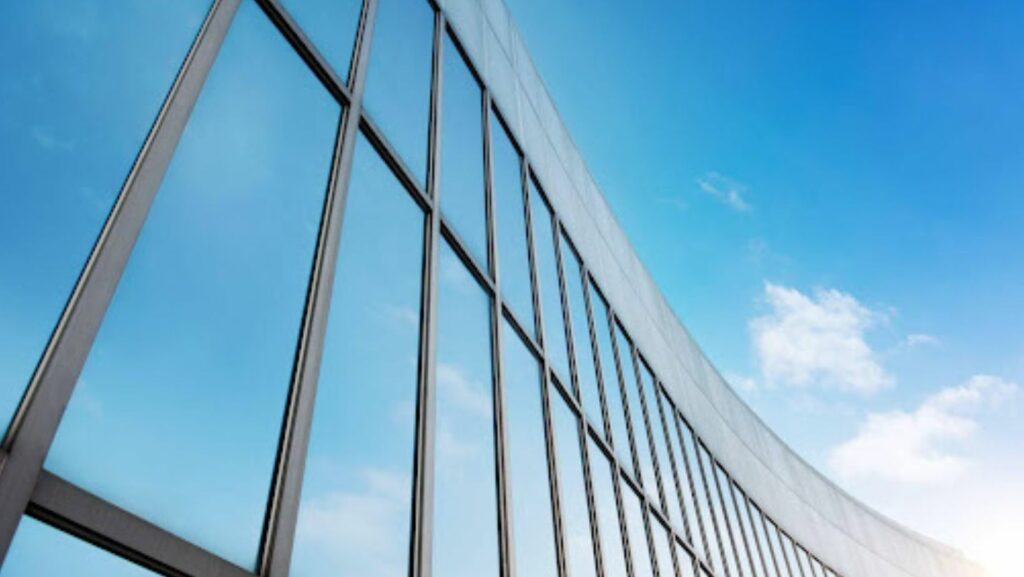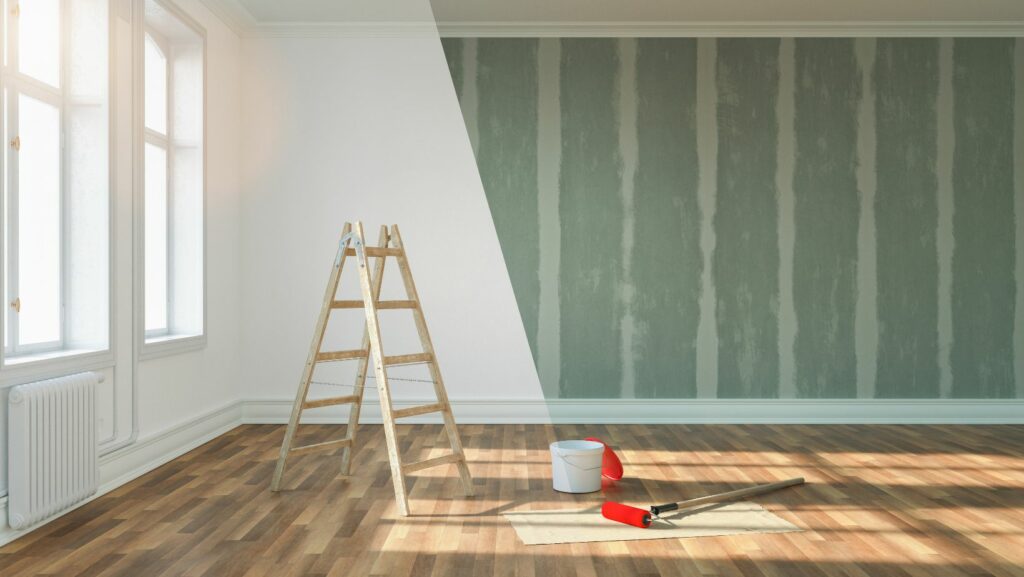Unitized wall systems are transforming modern construction by offering faster installation, superior thermal efficiency, and design flexibility. These prefabricated solutions address critical performance goals such as energy savings, durability, and sustainability while supporting net zero carbon initiatives. With up to 80% quicker assembly times and compatibility with various cladding options, they provide a reliable choice for both new builds and retrofits, making them an ideal solution for high-performance building envelopes.
The construction industry is undergoing a transformative shift as demand grows for faster, more efficient, and sustainable building solutions. Among these innovations, unitized wall systems have emerged as a game-changer, addressing modern challenges such as energy efficiency, installation speed, and long-term durability.
These systems are designed to meet the evolving needs of both new builds and retrofits, offering a blend of performance and flexibility that traditional methods struggle to match. Unitized wall systems streamline construction by integrating advanced technologies like thermal plenum designs, which significantly enhance energy efficiency.
They are engineered to reduce on-site delays and simplify complex processes, making them a reliable choice for architects and developers alike. As the industry moves toward net zero carbon goals, understanding how these systems support sustainability and performance becomes essential for future-ready projects.
Understanding Unitized Wall Systems: A Modern Solution for Building Efficiency
Unitized wall systems are revolutionizing the construction industry by addressing critical demands such as speed, sustainability, and energy efficiency. These advanced building envelope solutions are fully prefabricated, integrating multiple layers of performance into a single wall panel ready for installation. Designed to meet modern air, water, fire, thermal, and carbon goals, they represent a significant leap forward in construction technology.
At their core, unitized wall systems simplify the complexities of traditional curtain wall construction. For example, innovations like thermal plenum technology have demonstrated impressive results, achieving effective R-values of up to 26.8 or higher. This level of thermal efficiency not only supports energy savings but also aligns with envelope-first design strategies that prioritize long-term performance.
Key Features of Unitized Wall Systems
- Prefabricated off-site for enhanced quality control and faster deployment.
- Fully customizable to suit both new builds and retrofits.
- Engineered to integrate advanced thermal, air, and water barriers.
- Compatible with various cladding and window systems.
By streamlining processes and reducing on-site risks, these wall systems are ideal for projects aiming to meet ambitious timelines and sustainability benchmarks. Their modular nature secures adaptability, making them suitable for diverse applications – from educational institutions to high-rise residential buildings.
Streamlined Installation: Why Unitized Systems Outpace Traditional Methods
One of the most significant advantages of unitized wall systems is their ability to streamline construction processes, offering unparalleled efficiency compared to traditional methods. These wall systems are prefabricated off-site in controlled environments, ensuring precision-quality and consistency while significantly reducing on-site labor requirements.

Such approach not only minimizes weather-related delays but also enhances overall project timelines by up to 80%, making it a preferred choice for fast-track projects.
Simplifying Complex Workflows
Traditional curtain wall installations often involve multiple trades working sequentially, leading to coordination challenges and potential delays. In contrast, unitized wall systems integrate components like thermal barriers, cladding, and glazing into a single panel, ready for installation. This eliminates the need for extensive on-site assembly and reduces the risk of errors.
For example, advanced wall systems incorporate innovations such as thermal plenum technology, which optimizes energy performance while simplifying the construction process.
Benefits of Interior Installation
Another key advantage is the ability to install these wall panels from the interior of the building. This method minimizes safety risks and logistical challenges, particularly in urban environments where space constraints are common. By reducing the need for scaffolding and external cranes, projects can proceed with fewer disruptions, creating safer and cleaner worksites.
Who Stands to Gain?
This streamlined approach benefits a wide range of stakeholders:
- Architects appreciate the design flexibility and faster approval processes.
- Developers value reduced costs and accelerated timelines.
- Building owners benefit from quicker occupancy and lower operational expenses.
From educational institutions to high-rise residential buildings, the adaptability of unitized systems ensures they meet diverse project needs without compromising performance or aesthetics.
Thermal Performance and Energy Efficiency in Modern Building Design
Unitized wall systems are redefining energy efficiency in construction, offering solutions that align with the growing demand for sustainable building practices. These wall systems integrate advanced thermal technologies, such as patented thermal plenum designs, which significantly reduce energy consumption while maintaining occupant comfort.
By achieving effective R-values of up to R30+, they surpass traditional envelope wall systems and support envelope-first strategies that prioritize long-term performance.
The Role of Thermal Plenum Technology
At the heart of wall systems is the innovative thermal plenum, a feature engineered to optimize heat transfer and minimize energy waste. This technology not only meets but often exceeds modern building codes, making it a cornerstone of high-performance construction.
For example, projects like the Academic Wood Tower in Toronto leverage unitized wall systems to achieve ambitious energy use intensity (EUI) targets, projecting an EUI of just 131 kWh/m²/year. Such results demonstrate how these wall systems contribute to both operational savings and environmental sustainability.
Benefits for Occupants and Owners
The superior thermal performance of unitized wall systems translates into tangible benefits:
- Year-round comfort: Consistent indoor temperatures reduce reliance on heating and cooling systems.
- Lower operating costs: Reduced energy demands lead to significant savings over the building’s lifespan.
- Enhanced marketability: Buildings with high energy efficiency ratings appeal to environmentally conscious tenants and buyers.
For retrofits, wall systems breathe new life into older structures, upgrading them to meet modern standards without extensive demolition or disruption. Prefabricated wall panels arrive ready for installation, integrating seamlessly with existing frameworks while delivering unmatched thermal performance.
As we move toward a net-zero carbon future, unitized wall systems stand out as a critical tool in reducing greenhouse gas emissions and promoting sustainable design.
Final Thoughts on Unitized Wall Systems: The Future of Building Efficiency
Unitized wall systems represent a transformative solution for modern construction, addressing demands for speed, sustainability, and superior performance. With innovations like thermal plenum technology, wall systems deliver unmatched thermal efficiency, streamlined installation, and long-term durability, making them ideal for both new builds and retrofits. Their adaptability ensures compatibility with diverse architectural designs while supporting net-zero carbon goals.
As the industry evolves, embracing advanced solutions like unitized wall systems will be essential for creating high-performance, future-ready buildings that meet the needs of today and tomorrow.


